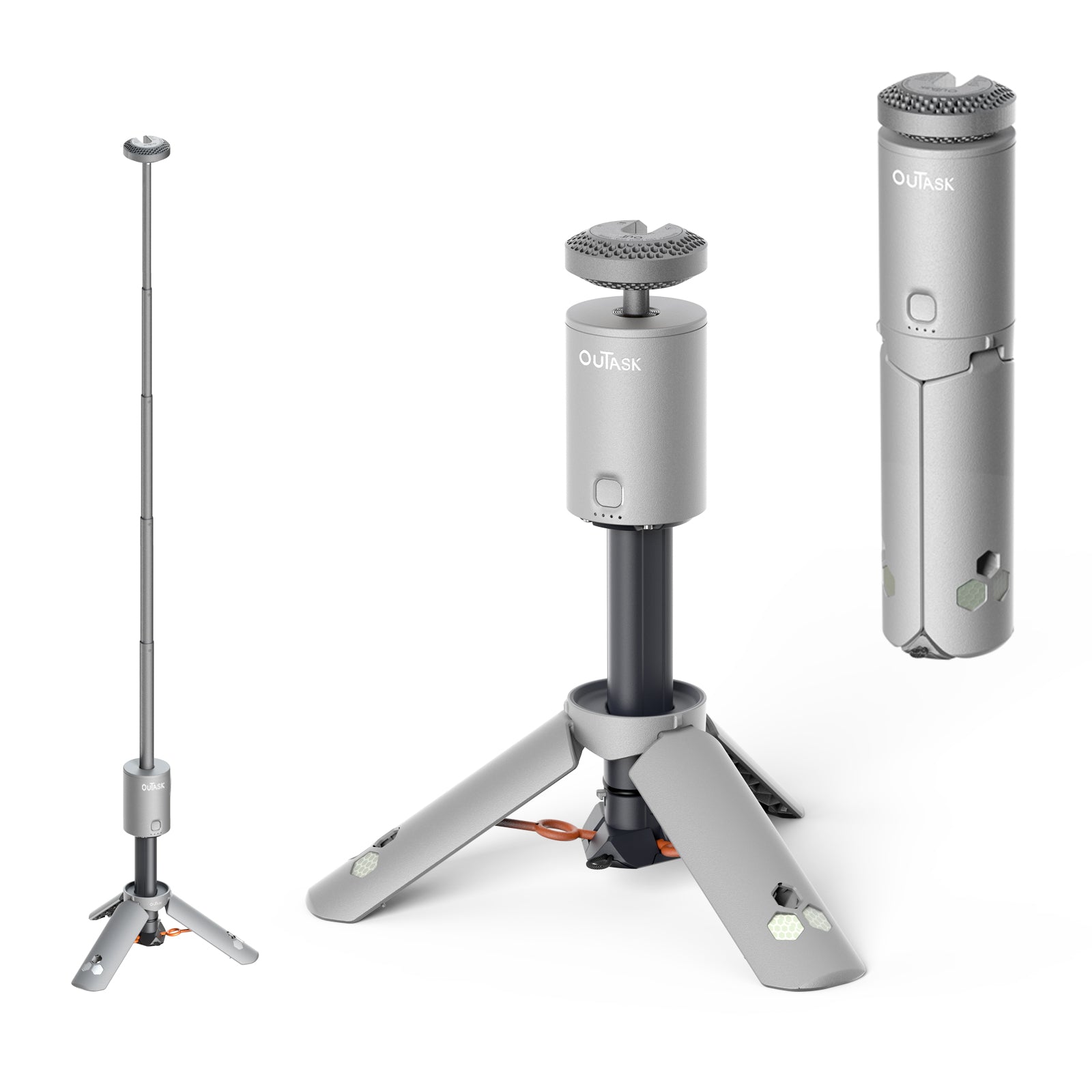Tips to Choose the Best Car Roof Light
Installing a quality car roof light provides practical illumination when needed. However, with endless options on the market, choosing the right one can get confusing. To simplify your buying decision, here are five essential tips for selecting the best roof light for your needs:
First, determine how much brightness you require and for what purpose. Consider factors like beam distance and wide-angle flood lights. Next, assess your power source options - battery or hardwire installation. Also, compare sturdy mounting brackets to fit lights on any vehicle roof securely. Weight is another key variable that affects handling.
Finally, choose suitable flashing modes like a steady burn or strobe as emergency signals. Evaluating these key criteria helps narrow your selection to models meeting your specifications. With this guidance, we’ll outline the top considerations for choosing versatile lights for off road with confidence.

1. Calculate Adequate Brightness Needs
Car roof lights serve important safety and visibility roles. To pick an optimal luminosity level, decide if you mainly need close-range flood lighting or a long beam distance of 500 feet or more. Brighter emergency lighting for cars ensures you can safely change tires at night or illuminate accident scenes. Consider multi-level output between 10,000 to 40,000 lumens if your needs vary. High-powered 50W LED chips produce super-bright illumination. Compare beam distance and wide-angle flood patterns between models to choose lights suited for your situation.
2. Determine Best Power Source
Car roof lights either run on standalone batteries or connect directly to your vehicle battery. Both offer pros and cons. Battery-powered options provide portable flexibility to position lights anywhere. However, you must monitor charge levels to avoid unexpected shutoffs. Hardwired models ensure constant power but limit placement to your roofline.
Additionally, professional installation fees add cost considerations. If wires pose an eyesore, neat cable routing kits hide unsightly strands. Whether opting for plug-and-play convenience or unlimited runtime, critically compare power sources against your needs and budget.
3. Select Sturdy Mounting Brackets
Durable mounting brackets prove essential for securely installing car roof lights. Subpar attachments cannot withstand highway speeds or bumpy terrain. Look for clamps or bolts constructed from thick stainless steel or reinforced aluminum alloys. These hardy materials resist corrosion and rust. Also verify weatherproof seals protect interior wiring and prevent moisture damage. The mounting base must evenly distribute weight without stress cracks over time.
4. Factor In Weight Considerations
When evaluating car roof lights, pay special attention to product weight. Heavier models tax your roof rack load capacity, posing hazards if attachments fail. Ideally, select more compact LED fixtures under 10 pounds for reliable mounting. However, the trade-off typically means lower luminosity.
If you need bright 50W LEDs for your application, be aware that the frames may be heavy, around 30 pounds. Make sure to strengthen the mountings. You need strong hooks, beams, and frames for heavy loads. Getting weight factors right is important. It ensures that selected roof lights balance intensity needs with secure stability.
5. Choose Proper Flash Patterns (100 words)
An essential deciding factor includes flash pattern modes. Carefully consider which settings serve your situation best. Steady burn mode provides constant illumination when parked on the roadside.

Opt for the most powerful flashlight with variable flash frequencies for signaling caution or emergencies. Remember, slower pulses around 60 FPM ensure visibility from longer distances compared to dizzying 300+ FPM rates. Amber/yellow colored strobe lights indicate hazards while still allowing normal vision. Compare additional modes like SOS distress signals and brake light integration to control activations while driving. Choosing lights with multiple flash patterns vastly expands practical applications.
Conclusion
To choose good jeep light bars for safety and visibility, consider luminance needs, power sources, mounting security, weight ratings, and flash patterns. Go to OUTASK-td.com to shop our wide range of products. They are designed for both on-road and off-road use.